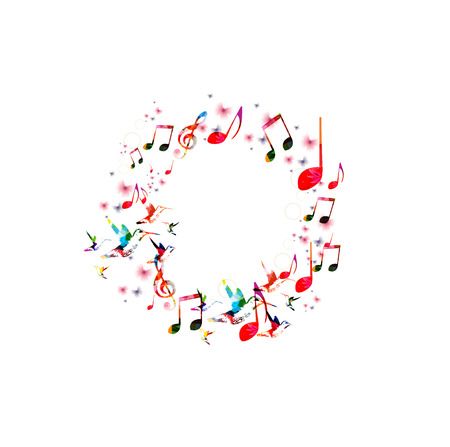
ChorTeach is ACDA’s quarterly publication for choral conductors and teachers at all levels. It is published online, and each issue contains four practical articles. If you are not already a member of ACDA, you can join and receive access to ChorTeach online. Below is an excerpt from an article written by Jane Vanderhoff appearing in the Spring 2019 issue.
_____________________________________
Sight singing is the unbreakable principle, the sacred cow, the “must do,” most days, anyway! It is the key to a singer’s progression/growth; it breaks the artificial ceiling of rote singing; it gives students independence and musicianship to get started. It is the key to their success! In my classroom it takes many forms. I use different books from year to year or throughout the year, write exercises on the board, use portions of songs, have students sing in groups or alone, sing the exercise backwards, switch from line to line, sing portions of a song, have one group clap the beat while another counts/claps the rhythm, anything to keep the brain moving in a musical direction.
For beginning sight readers, I have assigned a pitch to a section (SSA or TTB usually), and they must sing their pitch as it occurs in the exercise, in rhythm. If there are more notes than sections, I sing the leftovers. If they sing on their own, they can choose any exercise in the book for me to sing on the spot. All of these ideas have been stolen from someone else! As we move toward Common Core standards, documentation of student writing becomes more important. As a bellwork activity, I had my singers complete the following in three or more ways, including the good, the bad, and the ugly:
“Sight singing is…” Their responses fell into five main categories:
1) A definition:
• Singing a song with no knowledge of said song. Basically hoping for the best. —Abby G.
• Making the notes into music. —Maritza G.
• Holding your own and being able to process music. —Consuelo S.
• A brain-busting, hair-pulling technique that all singers should work at. —Gemma L.
• A necessity! —Kimberly C.
2) A warm-up activity:
• Not very fun, but a good way to get started. —Messina D.
• A great way to warm up and get in the singing mood. —MacKinzie W
• A good way to warm up your voice and your mind. —Christy K
• You can also use sight singing to help with songs you are learning at the time. —Josh F
3) A tool for teaching rhythms and intervals:
• A great way to get mistakes out of the way. —Kristin G.
• I look for rhythm patterns in my own music now. —Gary H.
• It is skill-building. —Alexandria T.
• It helps one learn common patterns within musical styles. —Victoria N
• It is the ability to do “music” on your own! —Jose V
4) A developmental process
5) The big picture
______________________
Read the rest of this issue in the Spring 2019 issue at acda.org/chorteach.


Stuart R Hunt says
In 4 minutes or less, your students can master the 3 most important
sight-reading skills that will transform every rehearsal.
Practice does not make perfect …. it makes permanent. Read how to
overcome your frustration because, in your heart, you KNOW your
students could perform great music….if only they could read better
and accurately.
Tools for Conductors™ (TFC) makes student-led, efficient lessons FUN !